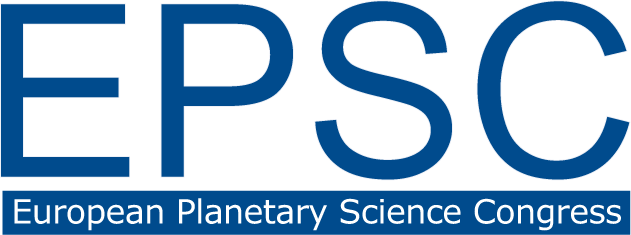The goal of this session is to bring together observers, modellers and experimentalists to discuss pathways to characterise the atmosphere, surface and interior of temperate, Earth-sized exoplanets and to prepare for future space missions, including ESA’s PLATO and NASA/ESA's JWST, and for extremely large ground-based telescopes such as the E-ELT, GMT and TMT.
More specifically, the following questions will be addressed:
- What are the most promising observational techniques to characterise temperate, Earth-sized planets with existing and future telescopes?
- What are the best targets available now and in a near-future?
- What are the most probable types of atmospheres around these planets? And what are the easiest types of atmospheres to detect and characterise?
- What lessons can be learned from the modelling and observation of Solar System objects and of warmer and/or more massive exoplanets?
- What experimental work do we need to improve our understanding of these worlds?
This session welcomes any abstract related to the characterisation of temperate, Earth-sized planets, at all stages of their evolution. Efforts to connect this characterisation with ongoing and forthcoming observations will be appreciated.

